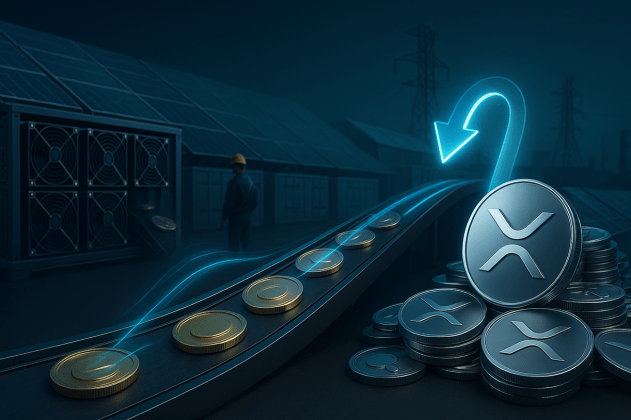Zach Anderson
Oct 15, 2025 05:17
Ethereum’s Fusaka update prompts Layer 2 solutions to transition from blob to cell proofs due to EIP-7549’s changes, ensuring smoother deployments.
Ethereum’s recent Fusaka update has prompted Layer 2 (L2) solutions to transition from blob proofs to cell proofs, following changes introduced by EIP-7549. This development, announced on October 15, 2025, has led to disruptions in some L2 deployments on the Sepolia testnet, according to the Ethereum blog.
Background
The update to EIP-7549, also known as PeerDAS, modifies the format for proofs, allowing for targeted data availability sampling by downloading specific parts of a blob instead of the entire blob. This change necessitates a shift from blob proofs to cell proofs to ensure compatibility with the new system.
Ethereum advises developers to update their software to accommodate these changes. Signed transactions remain valid, but they require a recomputation of cell proofs. Some Ethereum clients, like go-ethereum, will facilitate this conversion via RPC calls. The transformation from blob proofs to cell proofs is expected to take approximately one second, thus reducing overhead.
Actionable Changes
Blob transaction originators, particularly those involved with L2 solutions, are urged to update their transaction code to generate cell proofs. Major client libraries offer the ComputeCellsAndKZGProofs() function, with usage examples available across various programming languages.
Transactions in the txpool at the time of the fork may be dropped by some implementations unless they are resent with cell proofs. To maintain network stability, some systems may still accept blob proof transactions briefly after the fork.
Outlook
Moving forward, Ethereum aims to enhance communication regarding protocol changes to prevent users from being caught off guard. Engaging with the community and following the Ethereum roadmap closely is encouraged for L2s and other stakeholders.
The Fusaka update, while posing challenges, underscores the effectiveness of the testnet process in identifying issues before mainnet deployment. Ethereum continues to provide resources, such as the Kurtosis package, to aid developers in maintaining up-to-date systems.
Image source: Shutterstock
Source: https://blockchain.news/news/ethereum-fusaka-update-cell-proofs



